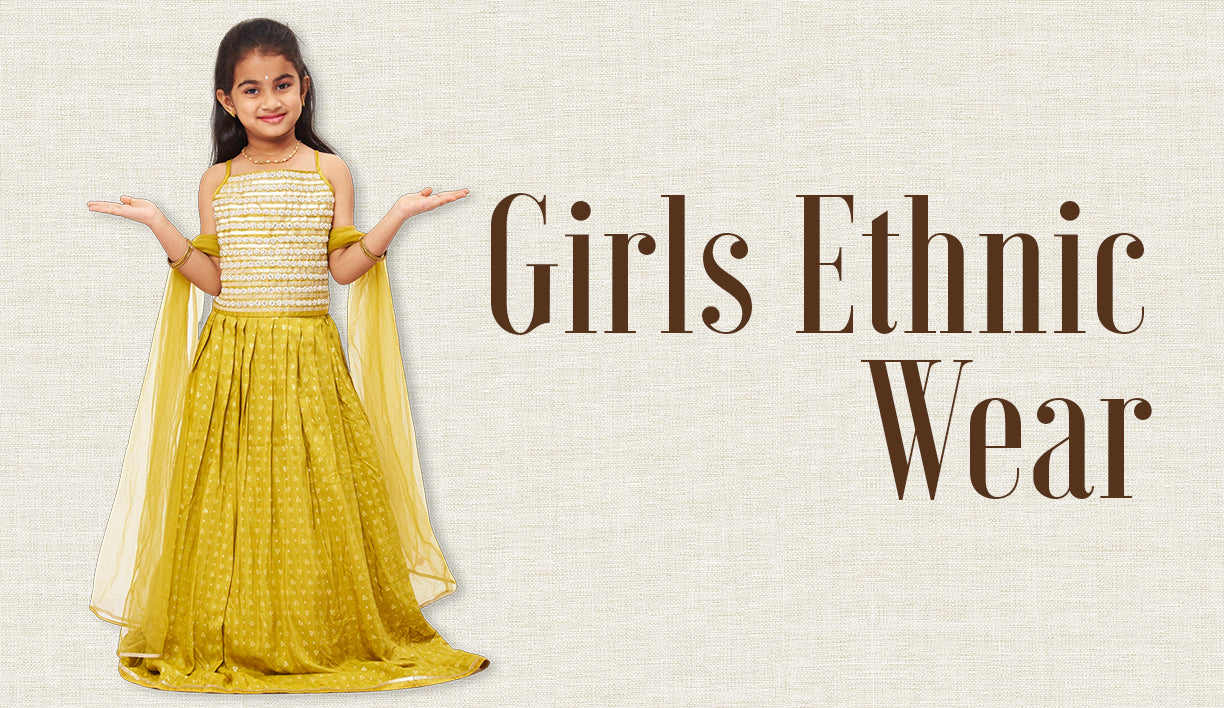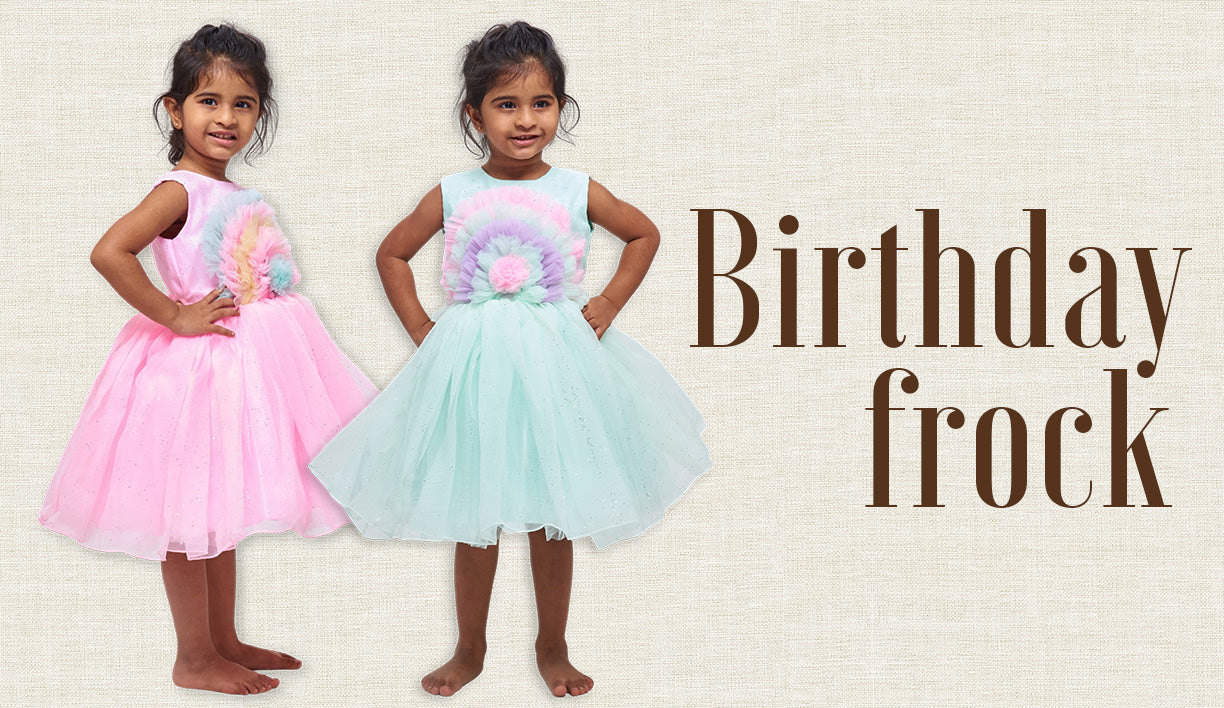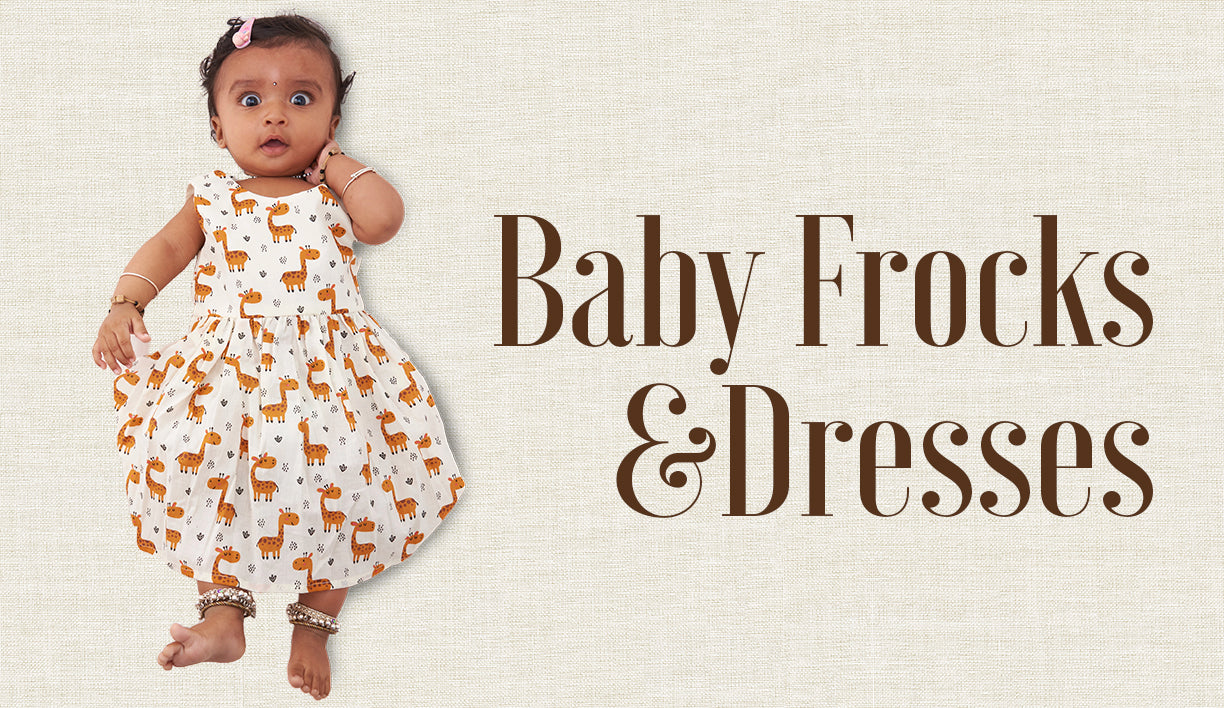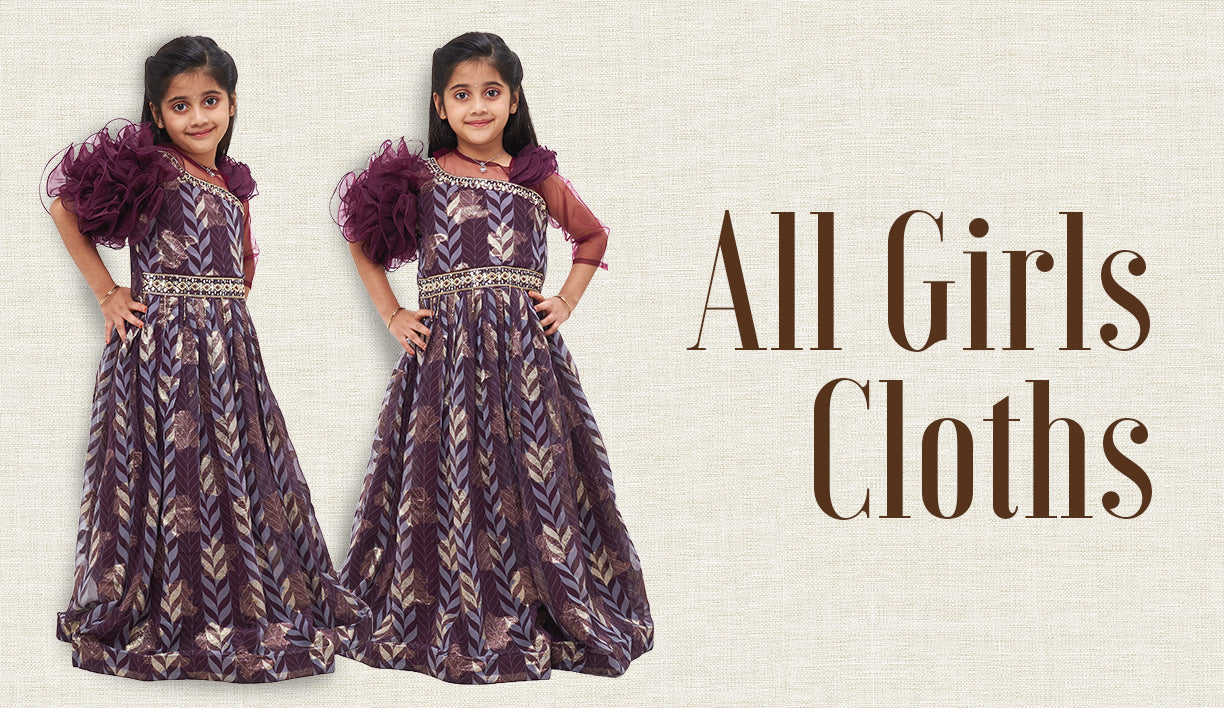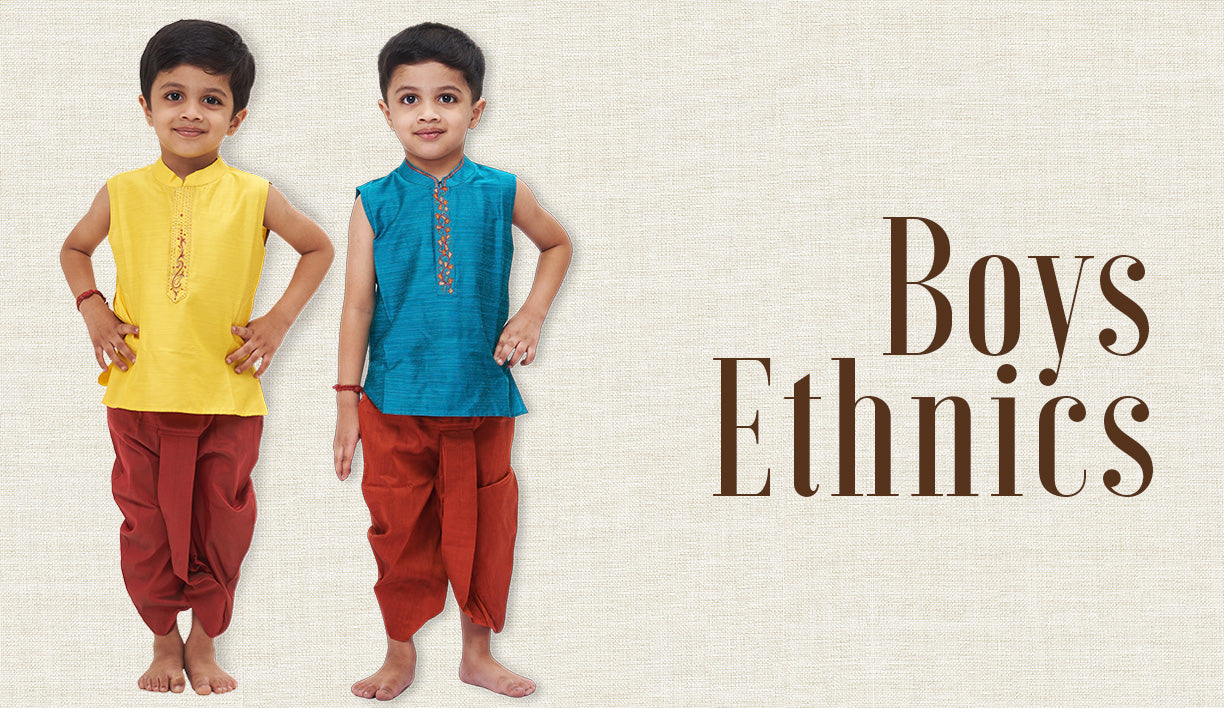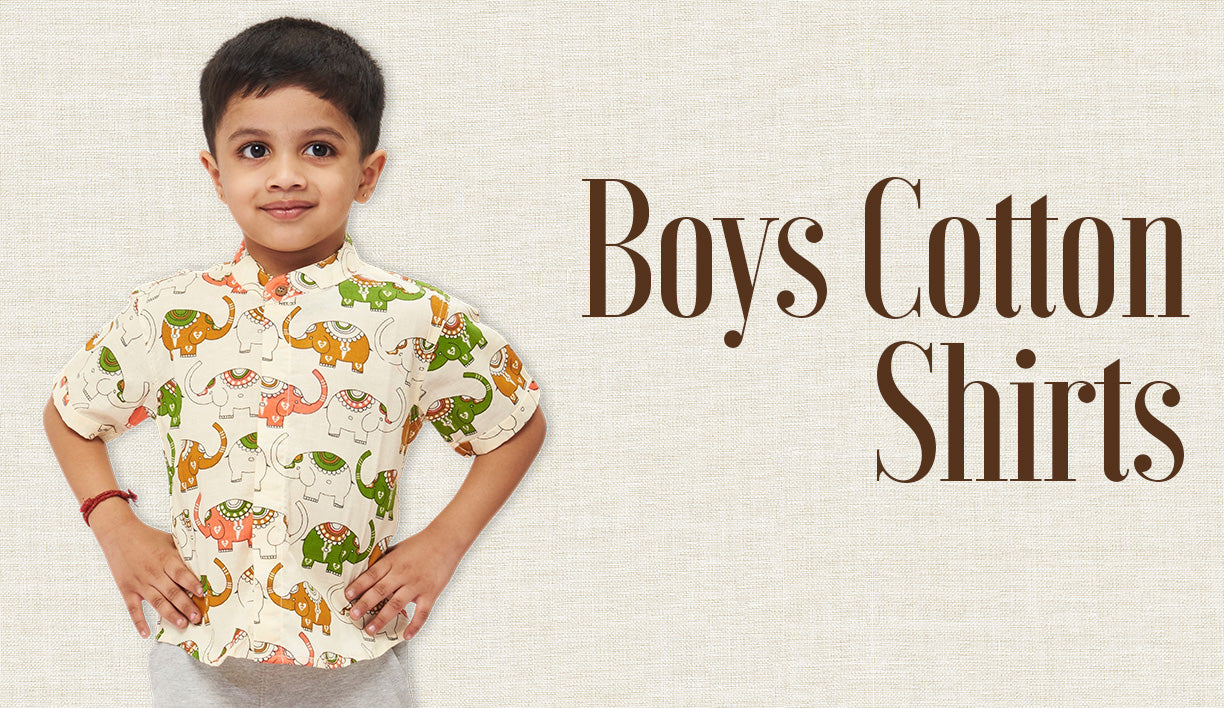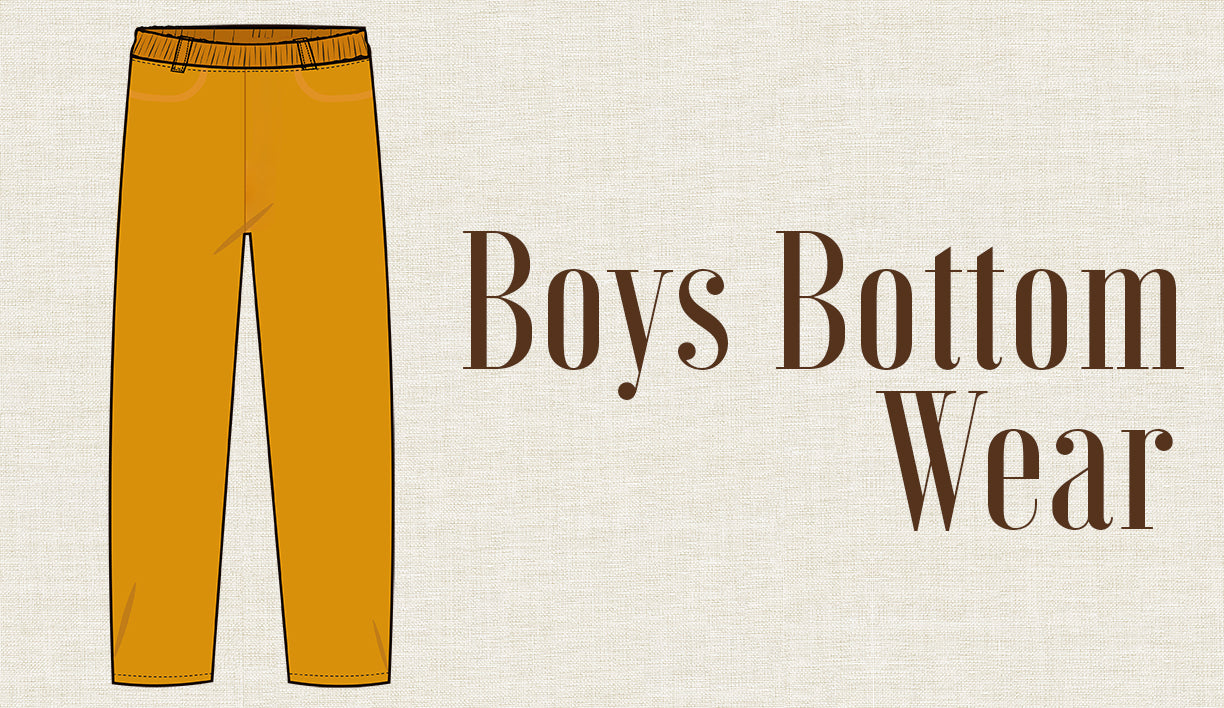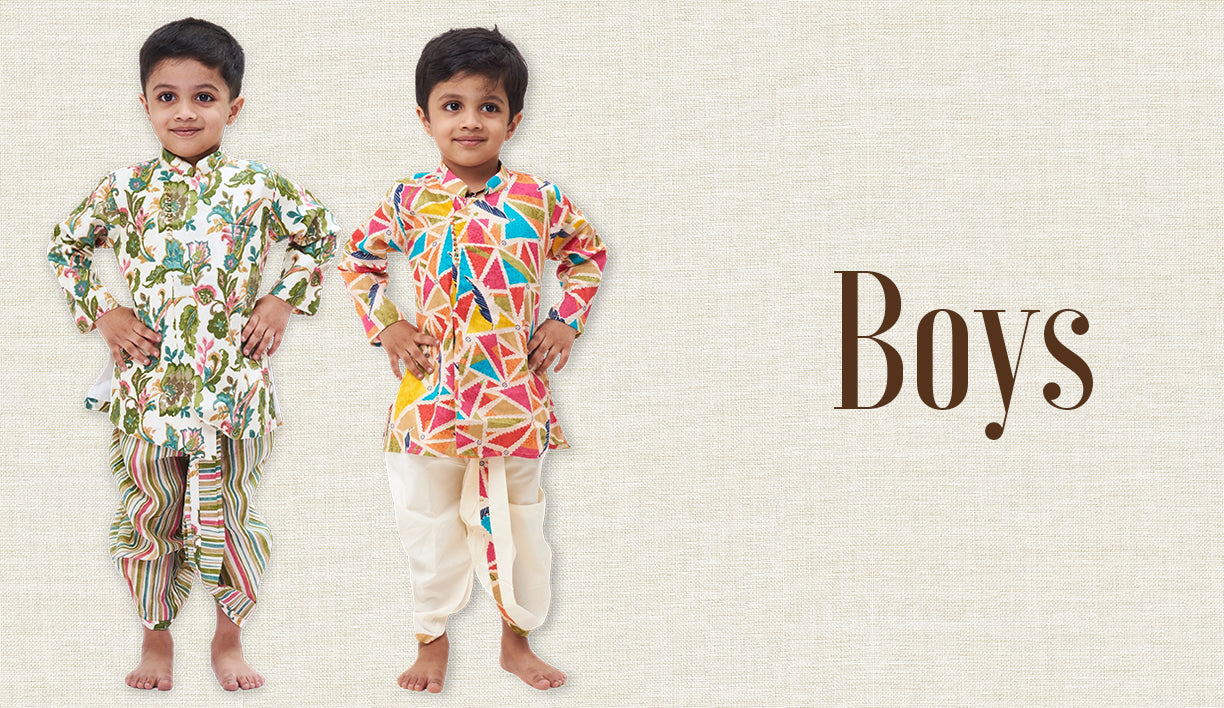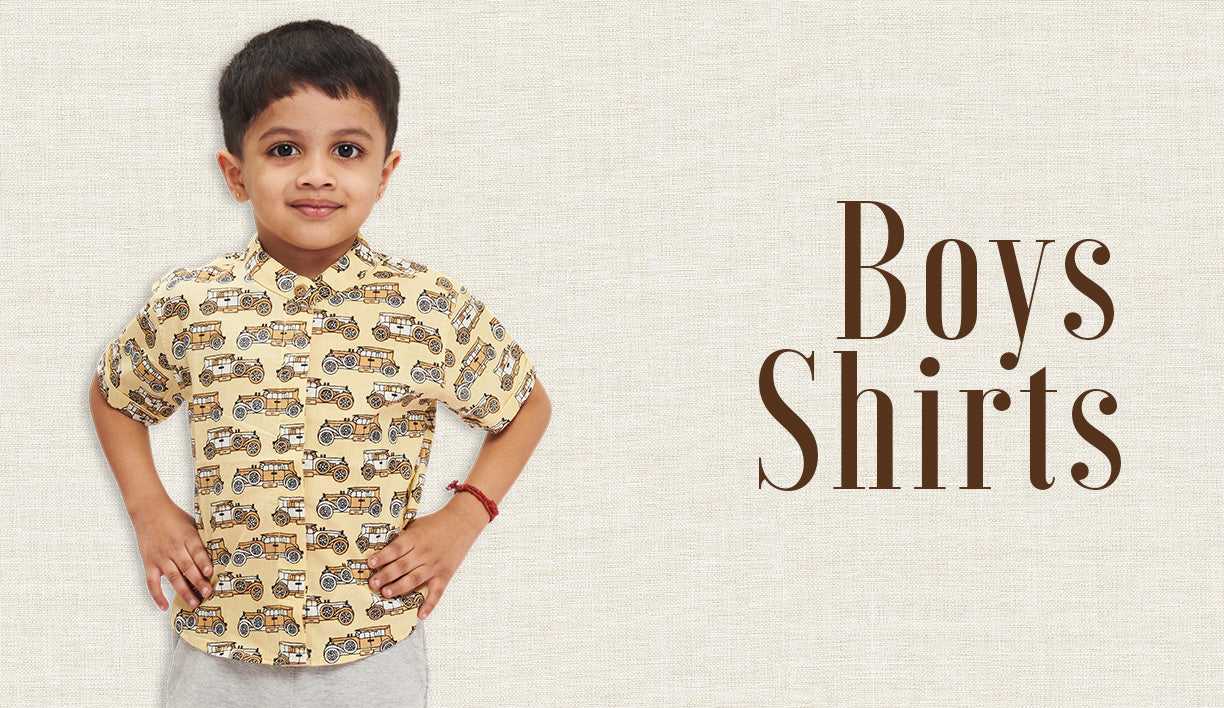Pattu Pavadai Langavoni All You Need To Know
Pattu Pavadai or Langavoni
In the part of Southern India, the traditional wear that distinguishes a girl before her marriage is the Langa davani or Pattu Pavadai or Pavadi Dhavani or Langavoni. One of type of Lehenga, this outfit is generally worn by all-teen girls kids and who have reached the early years of their adolescence. Pavadai Dhavani is a dress that girls wear typically till the time they get married, therefore symbolizing their singlehood. It is a three-piece attire consisting of a Top and a Lehenga(skirt) and a voni, oni, or davani, which is a fabric usually 2 to 2.5 metres (6 ft 7 into 8 ft 2 in) in length. The voni is wrapped diagonally over choli or blouse (a tight-fitting crop top, the same as that worn with a sari). It is generally made of silk and glorifies the look of South Indian girls. In all four states of south India, this traditional attire has various names. It is Langa Davani in Karnataka, Langavoni in Andhra Pradesh. Pattu Pavadai in Tamil Nadu.
Origin & History
Dravidian culture, since its conception has had little or no influence from outside culture. So, one can date behind the origin of this dressing to the Dravidian culture and traditions. With the history of silk and saris, the folklore of Pattu Pavadai has also introduced. The Pattu Pavadai is quite similar to saris in many ways. The borders of the Pavadai woven in similar formats to the sari. The border pettu along the blouse has the same pattern as the Pavadai.
Style & Attire
In brilliant and vibrant colours, the Pattu Pavadai has indeed caused a luxurious feast of tradition in South India states. The brilliance of this dress lies in its contrasting border and its fabric. There is an exciting combination of colours in which this attire is available, and the edges of the border are interestingly varied and designed. Pattu pavadai designs influenced by the various geometric and other designs found on the temples and surroundings of the regions. With the latest dyeing technology, the hues and style in this attire have created a massive distinction in this dress.
Influence over the Years
Beginning days witnessed the Langa davani or Pattu Pavadai as simple silk dress that used to resemble traditional, bright and vibrant. Its is indeed a beauty to wear. Today, with the impact of various cultures, there have been some minor differences happening in this traditional wear. In some lands, the Pavadai has beadwork, mirror works, stone works, Zardosi, cutwork and heavy embroidered.
Fabrics Used
There are lots of traditional Indian materials used in the making of pattu pavadai such as Kanchipuram pure silk, Dharmavaram pattu, Pochampally pattu, Ikat Silk, Banarasi Silk, Patola Silk, Arani Silk, Coimbatore Soft silk, Chettinadu cotton, Handloom cotton, Kasavu pavadai etc.
Innovations
If a girl stops wearing this attire, it indicates that the girl is now of marriageable age. The age-old tradition and culture says that when the girl comes of age that gets into her adolescent phase; in the ceremony held for her she is given this Pattu Pavadai in the initial stage while in the second stage she is given a sari. This ceremony, however, has decreased with the modernization of the world. With the introduction of dyeing, a lot of different hues observed in the Pattu Pavadai.
Global Influence
There has been a lot of global impact in South India. It is the main reason why the Pattu Pavadai has gone from the books of traditional attire to the present times. Of course, even now most of the south Indian weddings, one would find kids wearing Pattupavadai, but nowadays dresses or Salwar suits have largely replaced it.
Wearing the Attire
The golden borders along the lengths of pavada Satta come alive with the complement of gold plated jewellery. However, avoid heavy ornaments since the fundamental essence of this dress is meant to portray teenage and childlike innocence of the little girl. Usually, a tiny strand of jasmine blends excellently with the immaculateness of the little girls.
Suitability
Young girls mostly wear this attire during south Indian festivals such as Pongal, Deepavali, Onam, Chithirai Thiruvizha, Dasara, Navarathri, Ugadi, Pooram, Mahamaham Festival or significant functions. When one visits the southern states of India, one can see young girls dazzling in the shades of this gorgeous attire during weddings events. The silk makes it a material exceptionally meant for festivals and functions. The beauty of silk lies in its softness and hues—the material silk suits not only the occasion but also sustainable and environment friendly. Given the festivities and the ambience, silk is the best-suited fabric of all times.
Important Facts & Comparisons
* In the earlier time, even today in few parts of south India, the girls who come of age are presented a sari after taking the pattu pavadai from their hands to mark their coming of age
* The Langa is typically long coming to the toes and, the Langa and blouse / choli are of bright contrast colours
References
https://en.wikipedia.org/wiki/Langa_voni


